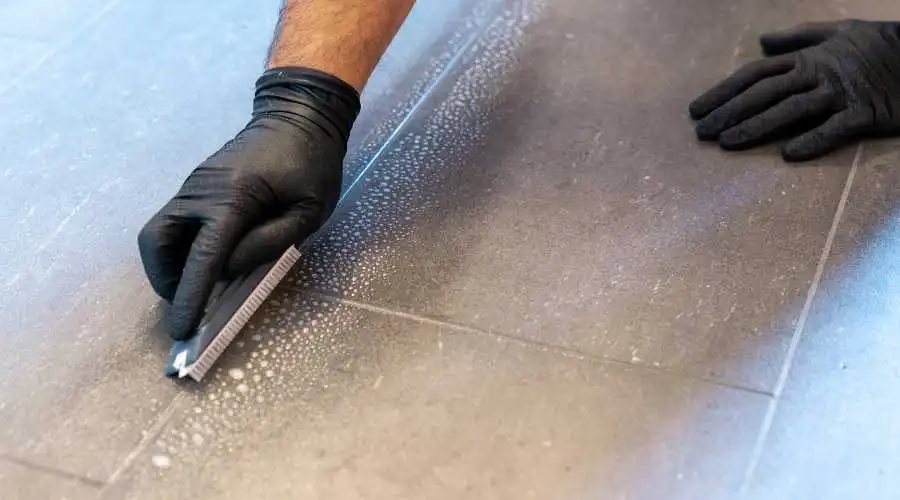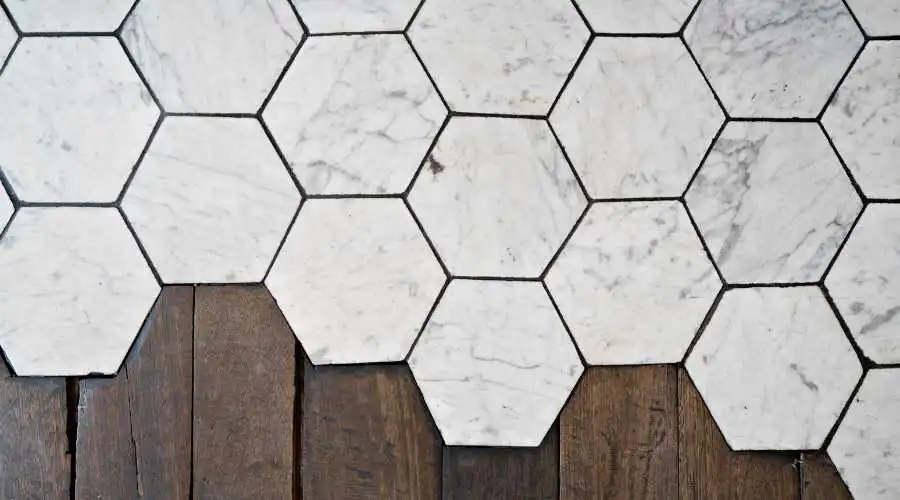Remodeling a bathtub is more work than you might think. Actually, 98 percent of bathtub repair projects involve work done before the tub is painted. The other 2 percent use an expert bathtub refinisher’s method and a premium bathtub repair coating. If you think that your bathtub needs to be refinished, there are a few questions you should ask yourself before.
What Does Refinishing My Bathtub Mean?
Refinishing a bathtub involves covering the surface to give it a new look. This process is also known as reglazing or resurfacing.
Your bathtub may typically be renovated. Steel, fiberglass, cast iron, and acrylic are the most widely used materials for bathtubs. It would be wise to establish the sort of bathtub you have and whether it has already undergone restoration before considering bathtub refinishing. In rare circumstances, a different refinishing approach can be necessary.
Can I Refinish Things Myself?
Refinishing a bathtub entails much more than simply cleaning off the surface and putting a finish, as was already discussed. Having a bathtub that has been improperly resurfaced can ultimately cost you more money than if you had just hired a professional bathtub refinisher to do the job in the first place. A peeling bathtub bottom is one of the most prevalent complaints, despite the fact that there are a few DIY bathtub refinishing products on the market. None of these items will work as you would expect. There are two issues in this situation: poor planning and a poor product. To guarantee that the end product looks fantastic and lasts, a high-quality bathtub refinishing product should be used and it should be done by an expert.
What Procedures Comprise Bathtub Refinishing?
The method essentially entails washing the bathtub surface, masking off the surrounding areas, and then painting the bathtub surface as you would a car. But different refinishers employ various techniques. In the past, bathtub surfaces would be etched with an extremely powerful hydrofluoric acid to remove the sheen and make pits so an epoxy primer would have something to stick to. Many refinishers still employ this method today to make sure that the bathtub had a sturdy adhesive before the new glossy finish was put. When carried out properly, this method works beautifully, but, as was already noted, not all refinishers are made equal. When I say that not all refinishers will take the time to complete the work honestly and correctly, I mean this.
The conventional method of bathtub refinishing has been supplanted by the contemporary period. Modern bathtub refinishing merely involves cleaning the surface with a strong cleaner before using an adhesive to create a molecular bond between it and the fresh glossy finish. This method of bathtub refinishing is a much faster and, in my opinion, has a much better track record for success.
Conclusion
You need to exercise caution when seeking for a qualified bathtub refinisher. Make sure they are capable of doing the job and have the required bathtub refinishing training. Make sure they select a bathtub restoration method with a successful track record. Check references from at least a few years ago to see if the clients are still happy, and make sure the refinisher gives you instructions on the required maintenance. Your bathtub restoration experience will be successful if you do these steps.





